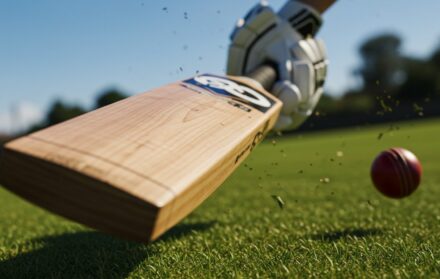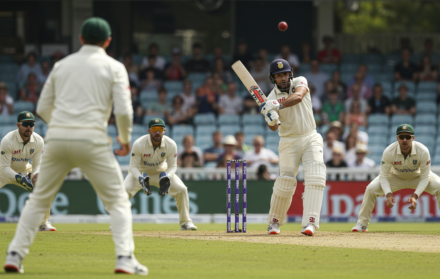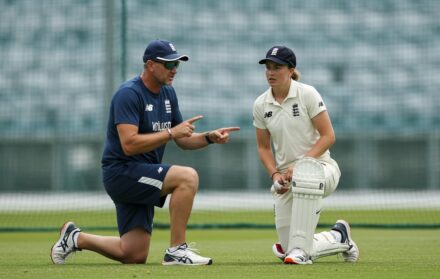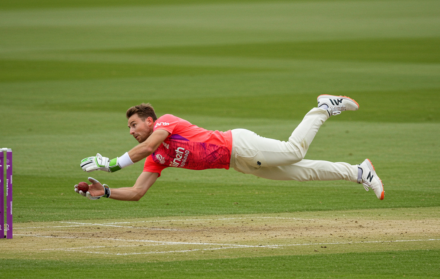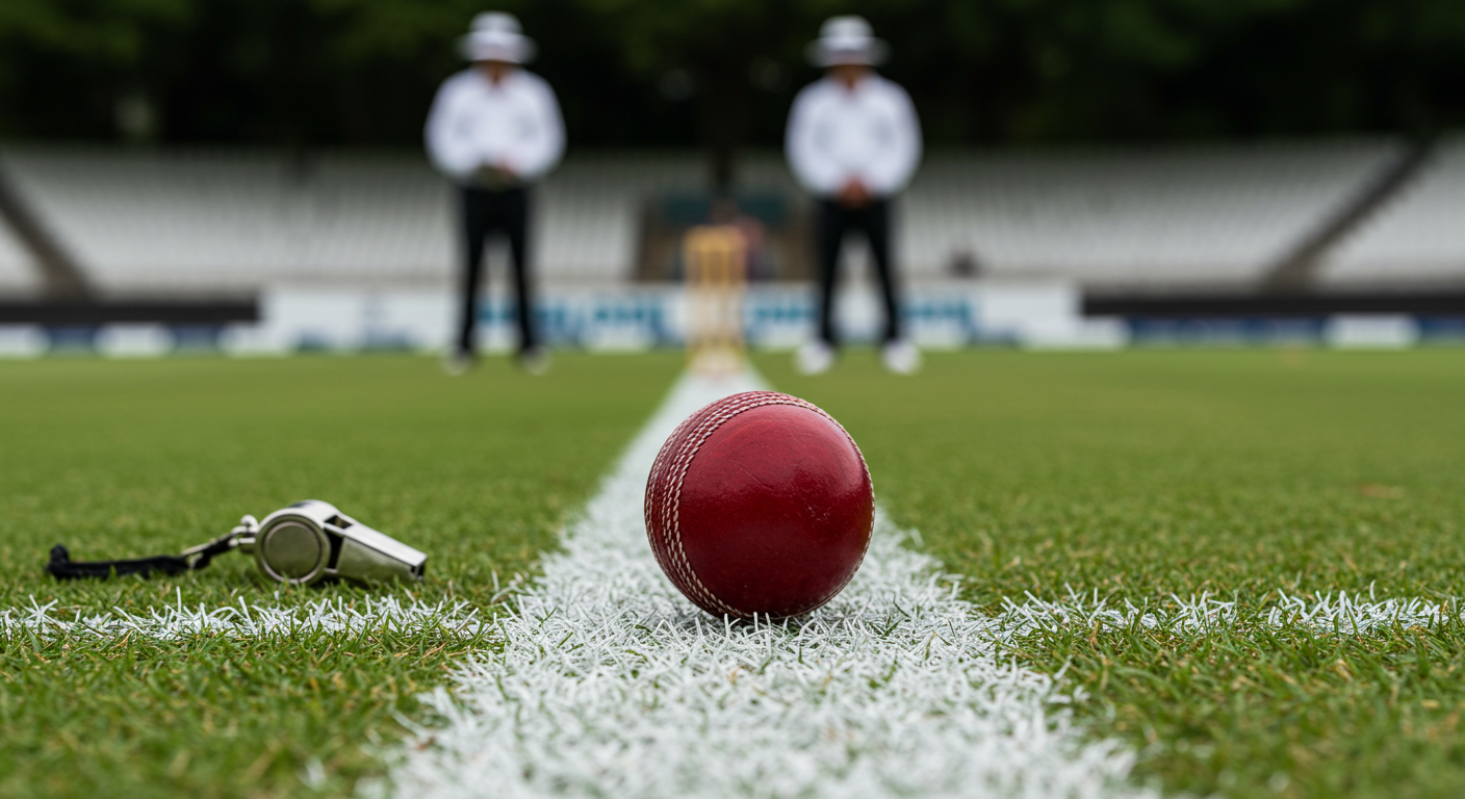
What are the rules of cricket for beginners?
Cricket is a game of strategy, skill, and precision, but for beginners, it can seem confusing at first glance. With unique terms like “overs”, “LBW”, and “wicket”, the rules of cricket might feel overwhelming. This guide simplifies it all, walking you through the basic structure, key rules, player roles, and essential cricket knowledge.
Whether you’re watching your first match or preparing to play, understanding how cricket works will help you appreciate the sport’s depth and excitement.
What Is the Main Objective of a Cricket Match?
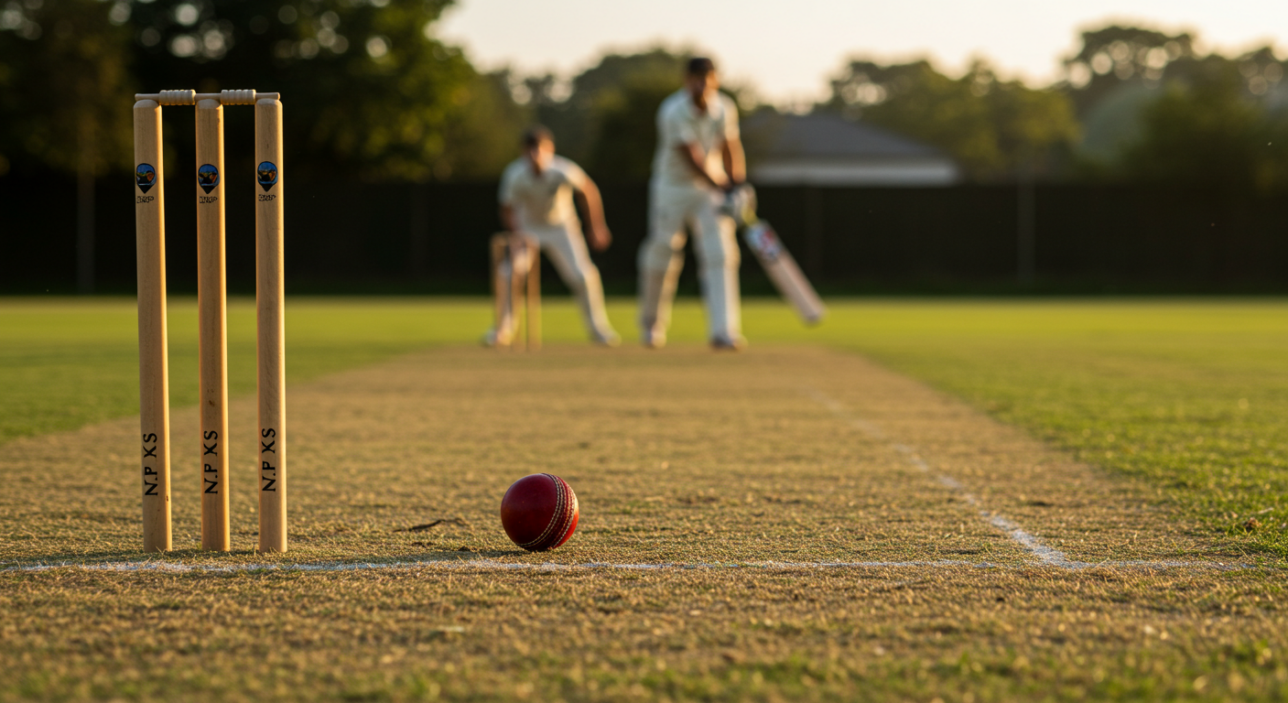
The goal in cricket is for one team to score more runs than the other. A standard cricket match features two teams of 11 players each. The game is divided into innings, where one team bats while the other bowls and fields.
The batting team aims to score as many runs as possible, while the bowling and fielding team tries to dismiss the batters and restrict runs. Once ten batters are out or a set number of overs is completed (depending on the format), the roles switch.
At the end of the game, the team with the most runs wins. In some formats like Test matches, the game can end in a draw if time runs out before either team wins.
What Equipment and Field Setup Do You Need in Cricket?
Cricket is played on a large, circular or oval-shaped field, with the main action centered on a 22-yard pitch. Here’s a quick breakdown of the key elements:
-
Pitch: A rectangular strip of closely mown grass (or artificial surface) where bowling and batting occur. It is 22 yards (20.12 meters) long.
-
Wickets: Each end of the pitch has a set of stumps (three vertical posts) topped by two bails (small wooden pieces).
-
Boundary: The outer edge of the playing field, marked with a rope or painted line.
Essential Cricket Equipment:
| Equipment | Purpose |
|---|---|
| Bat | Used by batters to hit the ball |
| Ball | Hard leather ball used by bowlers |
| Pads | Leg protection for batters and wicketkeeper |
| Gloves | Protect hands when batting or keeping |
| Helmet | Protects the head, especially from fast bowlers |
| Stumps & Bails | Define the wicket and are crucial in dismissals |
The fielding team wears basic athletic gear, while batters and the wicketkeeper wear protective gear due to the speed and hardness of the cricket ball.
What Are the Different Formats of Cricket?
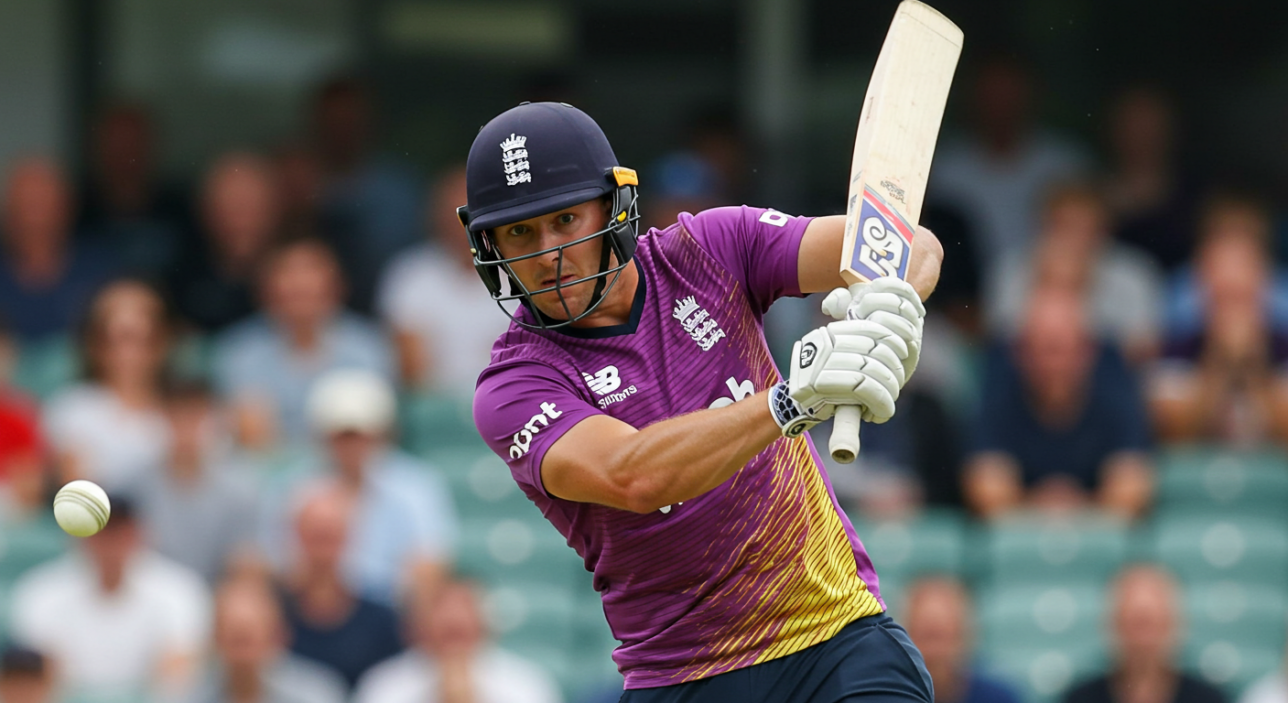
Cricket is unique because it offers multiple match formats, each with its own set of rules and durations. Beginners should understand these three major formats:
1. Test Matches
-
Played over five days
-
Each team bats twice (two innings per side)
-
Considered the purest and most traditional form of the game
-
Draws are common due to time limits
2. One Day Internationals (ODIs)
-
Each team bats for 50 overs
-
The team with the most runs after both innings wins
-
Matches last around 8 hours
3. Twenty20 (T20)
-
Each team bats for 20 overs
-
Matches last about 3 hours
-
Very fast-paced and beginner-friendly
The key difference lies in the number of overs, which influences both playing time and strategies. In shorter formats like T20, players often take more risks to score quickly, whereas Test matches demand patience and endurance.
How Does Batting Work in Cricket?
Batting is one of the core components of cricket. Two batters are on the pitch at any given time — one facing the bowler and the other at the opposite end.
Scoring Runs
-
A run is scored when both batters run between the wickets after the striker hits the ball.
-
Four runs are awarded if the ball crosses the boundary after touching the ground.
-
Six runs are given if the ball clears the boundary in the air.
Ways to Get Out
A batter can be dismissed in several ways. Here are the most common:
-
Bowled: The bowler hits the stumps with the ball, dislodging the bails.
-
Caught: The ball is caught by a fielder or the wicketkeeper without bouncing.
-
LBW (Leg Before Wicket): The batter’s leg blocks the ball from hitting the stumps, and the umpire believes it would have hit.
-
Run Out: A fielder hits the stumps with the ball while the batter is outside their crease during a run.
-
Stumped: The wicketkeeper removes the bails while the batter is outside the crease after a missed shot.
-
Hit Wicket: The batter knocks over their own stumps with their bat or body.
Once a batter is out, they are replaced by the next player in the lineup until ten players are dismissed. Then the innings ends.
What Are the Bowling Rules in Cricket?
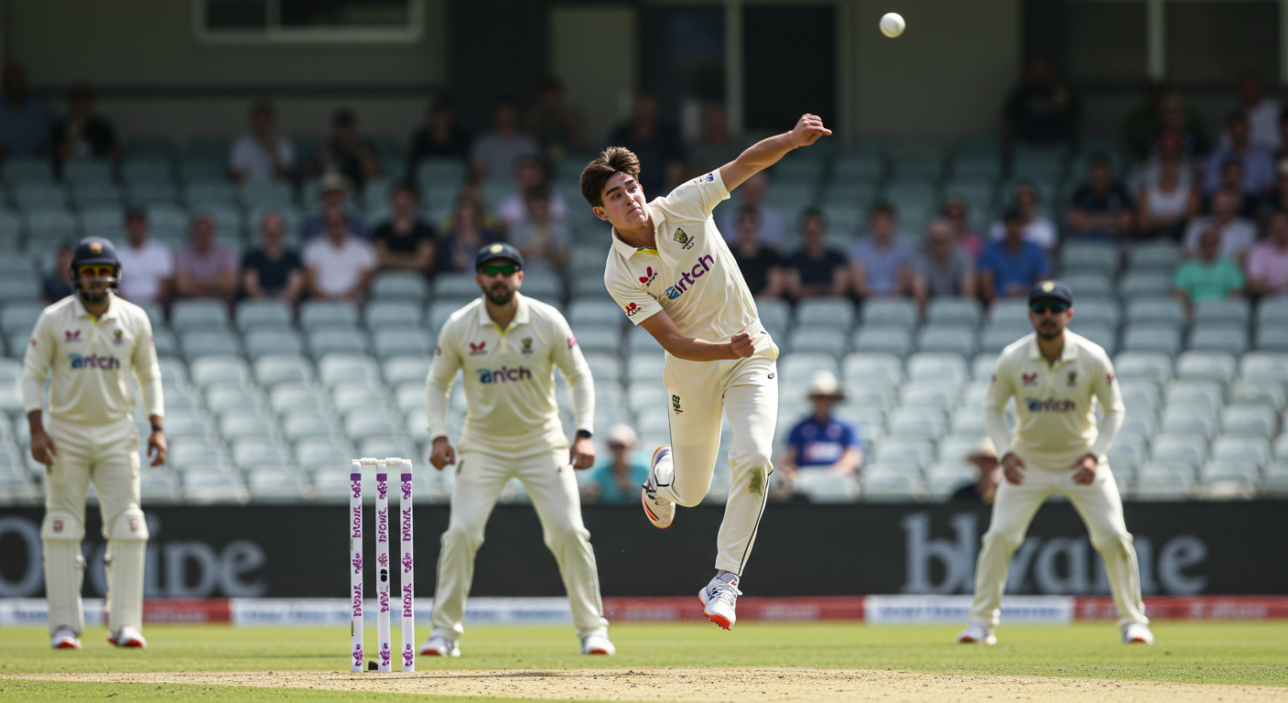
Bowling is the act of delivering the ball toward the batter with the goal of taking wickets and limiting runs.
What Is an Over?
An over consists of 6 legal deliveries (balls). Once an over is complete, a new bowler takes over from the opposite end of the pitch. Bowlers typically alternate ends each over.
Types of Bowlers
-
Fast Bowlers: Rely on speed and bounce. Often exceed 140 km/h.
-
Medium Pacers: Focus on swing and seam movement.
-
Spinners: Bowl slowly but with spin to deceive batters. Subdivided into off-spin and leg-spin.
Illegal Deliveries
-
No-Ball: A bowler oversteps the crease or uses an improper action.
-
Wide Ball: Delivered too far from the batter’s reach.
Both result in an extra run for the batting side and an extra delivery in the over.
What Are the Common Fielding Positions in Cricket?
Fielding in cricket is a highly tactical aspect of the game. The captain arranges fielders based on the batter’s style, the bowler’s plan, and the match situation.
Here are some common fielding positions:
-
Slip: Positioned beside the wicketkeeper, ready to catch edges from fast bowlers.
-
Gully: Between point and slip, for catching deflections.
-
Point: Square of the wicket on the off side.
-
Cover: In front of point, often for catching or saving boundaries.
-
Mid-off and Mid-on: Close to the bowler on either side of the pitch.
-
Square leg and Fine leg: On the leg side, square and behind the batter.
-
Third man: Behind the batter on the off side.
-
Deep positions: Outfield spots like deep mid-wicket or deep extra cover, used to stop boundaries.
The Wicketkeeper’s Role
The wicketkeeper stands behind the stumps and catches balls that the batter misses. They must be agile and alert, often involved in stumpings and catches.
Importance of Field Settings
Captains choose field placements based on bowling type and batter strengths. Aggressive fields crowd the batter with close-in fielders. Defensive fields place more players in the outfield to prevent boundaries.
What Happens at the Toss in a Cricket Match?
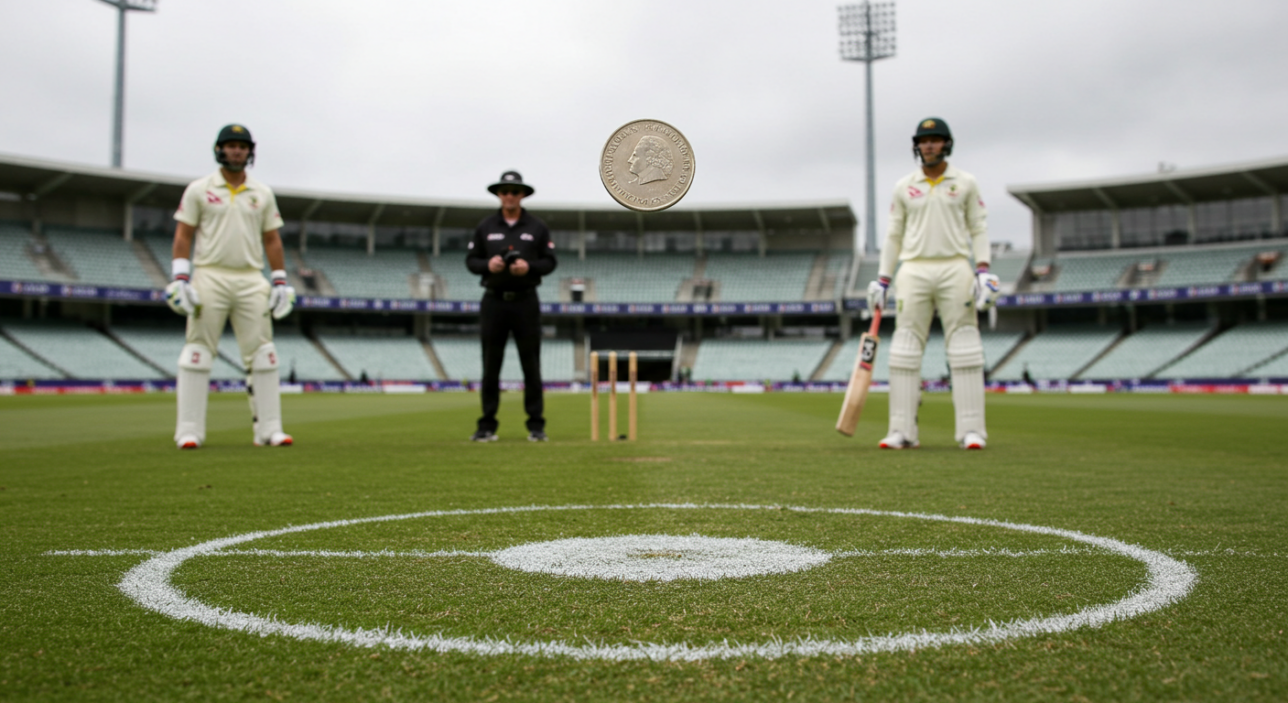
Before play begins, the two captains meet on the field with the umpires. A coin is tossed, and the winner decides whether to bat or bowl first.
Why the Toss Matters
-
Batting First: Often chosen if the pitch is good for scoring early.
-
Bowling First: Preferred if there is moisture, cloud cover, or dew expected later.
The decision depends on pitch conditions, weather forecasts, team strengths, and match format. In Test cricket, batting last can be tough, so captains often prefer to bat first if conditions allow.
What Are the Main Roles of Umpires in Cricket?
Umpires are the officials who apply the rules and make decisions during the match.
On-field Umpires
There are two umpires on the field:
-
Main umpire: Stands behind the bowler’s end.
-
Leg umpire: Positioned at square leg.
They signal decisions such as:
-
Out or not out
-
No-ball and wide
-
Four and six runs
-
End of over
Third Umpire and Technology
In many professional matches, there is also a third umpire who uses video replays to make decisions on:
-
Run outs
-
Stumpings
-
Close catches
-
Boundary calls
Teams also get limited reviews using the Decision Review System (DRS), which uses ball-tracking and edge-detection technology.
How Does Scoring and Winning Work in Cricket?
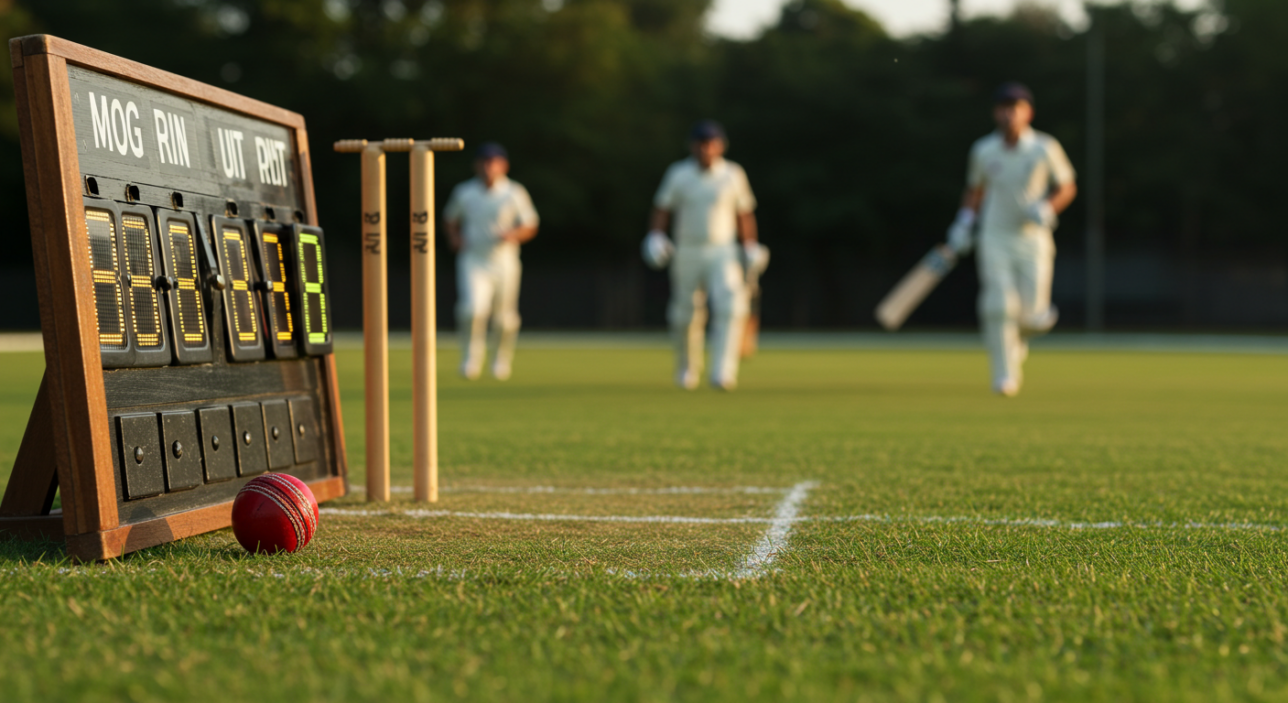
Scoring Runs
A team’s total is the number of runs scored by all batters before they are dismissed or the overs are completed. The score is written as:
-
120/3 means 120 runs for 3 wickets.
-
All out for 250 means all 10 wickets fell for 250 runs.
Extras
Runs can also be added as extras:
-
No-ball: 1 run
-
Wide ball: 1 run
-
Byes: When the ball passes the batter and the keeper
-
Leg byes: Runs off the batter’s body or pads
Winning the Match
-
In ODI and T20, the team that scores more runs in their innings wins.
-
In Test matches, teams play two innings each. A team can win by runs or by wickets. Matches can also end in draws.
If the second batting team scores the exact number of runs as the first, the match is a tie.
Some formats use the Duckworth-Lewis-Stern (DLS) method to recalculate scores if rain interrupts play.
What Are the Best Tips to Learn Cricket as a Beginner?
If you are just starting to learn the game, here are a few simple suggestions to help:
-
Watch Live Matches This helps you understand flow, rules, and strategies. Start with T20s as they are shorter and easier to follow.
-
Play Informally Try playing with friends in a park or backyard. Use a tennis ball to get used to the bounce and pace.
-
Focus on Bat and Ball Basics Work on your batting stance, grip, and backlift. Practice bowling with proper action and targeting the stumps.
-
Understand Fielding Positions Even if you are not bowling or batting, good fielding can turn a game. Learn the basic positions and how to throw effectively.
-
Use Tutorials and Apps There are many online videos and mobile apps that explain rules visually and interactively.
-
Join a Local Cricket Club Playing with others in a structured setting accelerates learning and builds match experience.
Final Thoughts on Understanding Basic Rules of Cricket
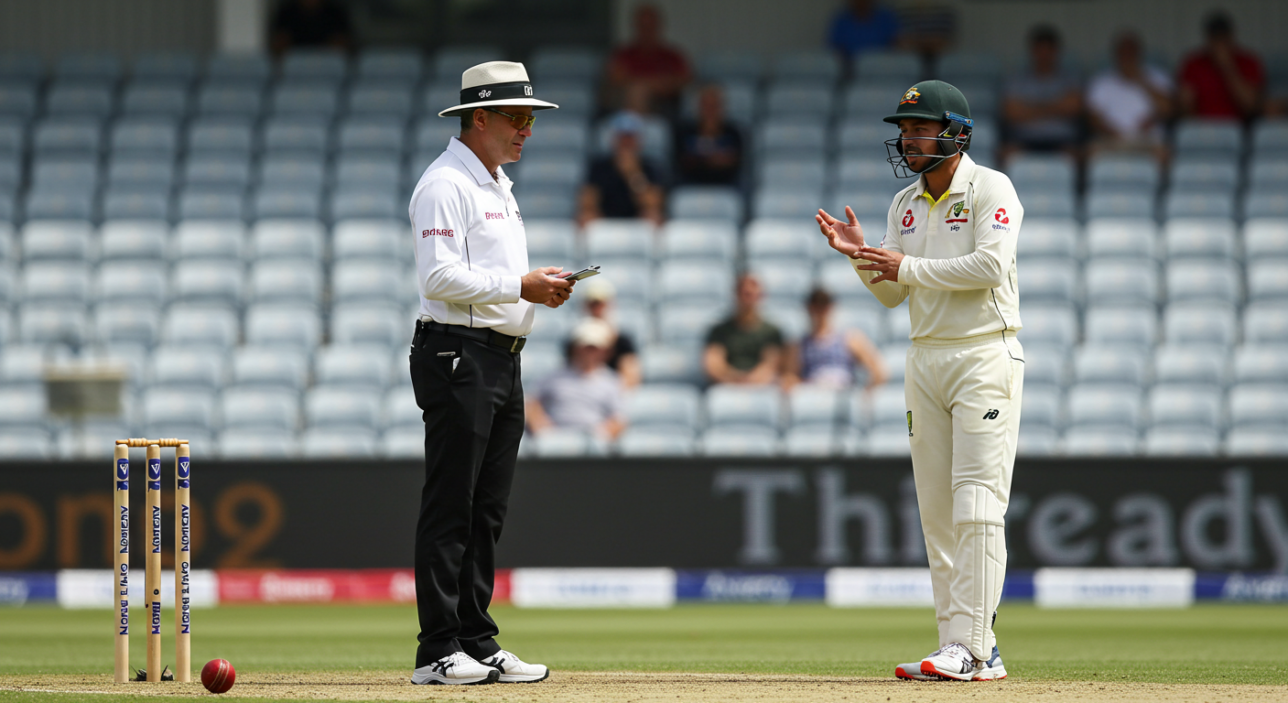
Cricket may seem complicated at first, but it becomes more enjoyable once you understand the rhythm and structure. From the rules of scoring to field placements and formats, each element plays a part in the sport’s beauty.
Whether you’re watching from the stands, playing in a club, or enjoying backyard games, knowing the rules helps you follow every moment. With patience and practice, cricket reveals itself as one of the most rewarding sports to both play and understand.
Frequently Asked Questions About Cricket Rules
1. What is a wide ball in cricket?
A wide ball is one that is out of the batter’s reach and not considered a fair delivery. The batting side is awarded one extra run and the bowler must bowl an additional delivery.
2. How does a batsman get out in cricket?
A batter can be dismissed in several ways, including bowled, caught, LBW, run out, stumped, or hit wicket. Each method has its own specific conditions defined by the laws of the game.
3. What is an over and how is it counted?
An over consists of six legal balls delivered by one bowler. After an over, a new bowler bowls from the opposite end of the pitch.
4. Can a cricket match end with no winner?
Yes. In Test cricket, matches can end in a draw if time runs out. In ODIs and T20s, matches can be tied. Rain interruptions can also cause matches to be abandoned.
5. How can you tell which team is winning in cricket?
The current score, remaining wickets, overs left, and required run rate help indicate which team is ahead. In limited-overs formats, the chasing team’s progress is key to evaluating their position.
